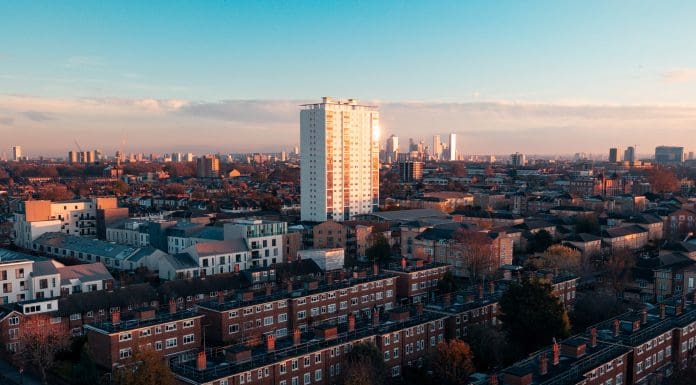
After a week-long legal battle, the Supreme Court ruled in favour of the homebuilding firm to claim money back from contractors for safety violations
The structural engineers associated with the high-rise defect claim have been made to pay Barratts for the costs incurred by repairs.
The repairs affected several buildings, which, in the wake of the Grenfell inquiry, were found to have defects putting residents at risk.
The buildings were evacuated while Barratts carried out repair works. Residents did not make a claim against Barratts.
Developers can now pursue negligent designers and contractors for historic building safety failings
Barratts claimed the expenses of the repairs back from the contracted structural engineers under the Defective Premises Act 1972. The engineers then disputed this on the grounds that Barratt were under no contractual obligation to undertake the repairs, and were therefore voluntary.
The court siding with Barratt now sets a precedent for housing developers. A large influx of claims may be seen now as developers gain clarity that claims can be made against contractors for repair work and fixing of defects that risk residents’ lives.
The high-rise defect claims case settled on five main points
As quoted in the final judgement, the court found:
- There is no common law principle which bars a claimant from recovering losses which it has incurred voluntarily. At most, this is a factor that might go to mitigation. It was in any event doubtful that Barratts had acted voluntarily in any meaningful sense, given that it was under a moral duty to protect residents from the risk of death and injury.
- A claim may be brought under the Civil Liability (Contribution) Act 1978 even where the primary claimant, in this case the resident (C), has brought no claim against the primary defendant (D1). The mere fact of a payment, or a payment in kind, from D1 to C is enough to ground D2’s liability to contribute.
- The 30-year limitation period, introduced retrospectively under the Building Safety Act 2022 to improve the ability of residents to bring claims against developers, also applies ‘collaterally’ to claims by a developer against its contractors. The repairs carried out by Barratts in this case were therefore deemed to have been carried out pursuant to an in-time liability to the residents.
- Section 1 of the DPA may be used by commercial developers to bring claims against their contractors, even though the main purpose of s.1 is to facilitate claims by ‘ordinary citizens’ against their developers.
- The Court deferred to a future case the thorny issue of when a negligence claim accrues in the context of defective buildings, i.e. on the date of completion of the project, the date of physical damage to the building, or the date of reasonable discoverability. It therefore left open the question of whether the long-maligned ruling of the House of Lords in Pirelli should be overruled.
The case marks the latest legal change for construction, bringing more clarity to the legal process.
The post Barratts wins high-rise defect claim case, sets precedent for developers appeared first on Planning, Building & Construction Today.

